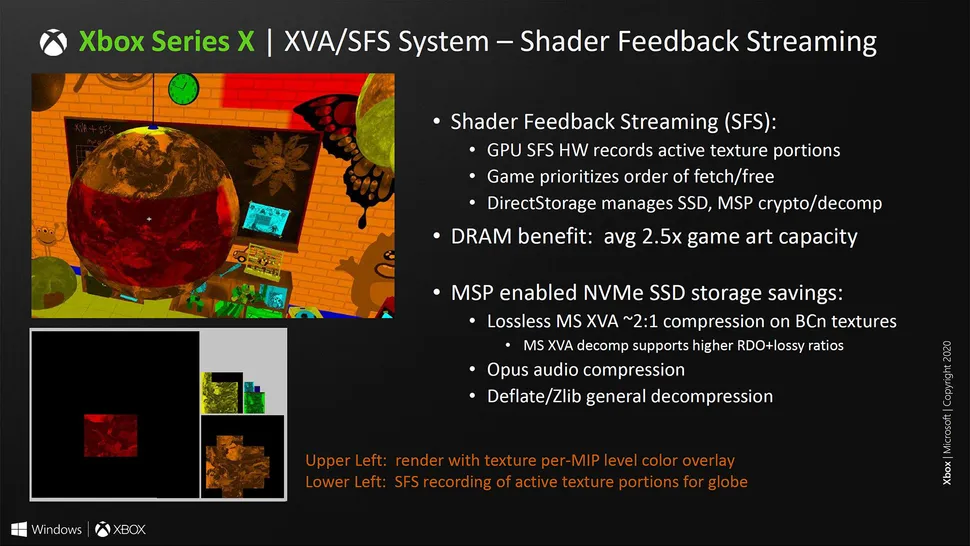The XSX SoC has 76mb SRAM on board. More than enough in console space.
12 MB at least on the CPU 64 MB of SRAM for the GPU but there is many things out of cache using SRAM. I don't know if this is enough and the memory bandwidth of Xbox Series X is pretty high 560 GB/s interleaved with 336 GB/s. This is shared between the CPU and GPU but it is probably better than the rumored 384 GB/d of 6800 or 6700XT.

